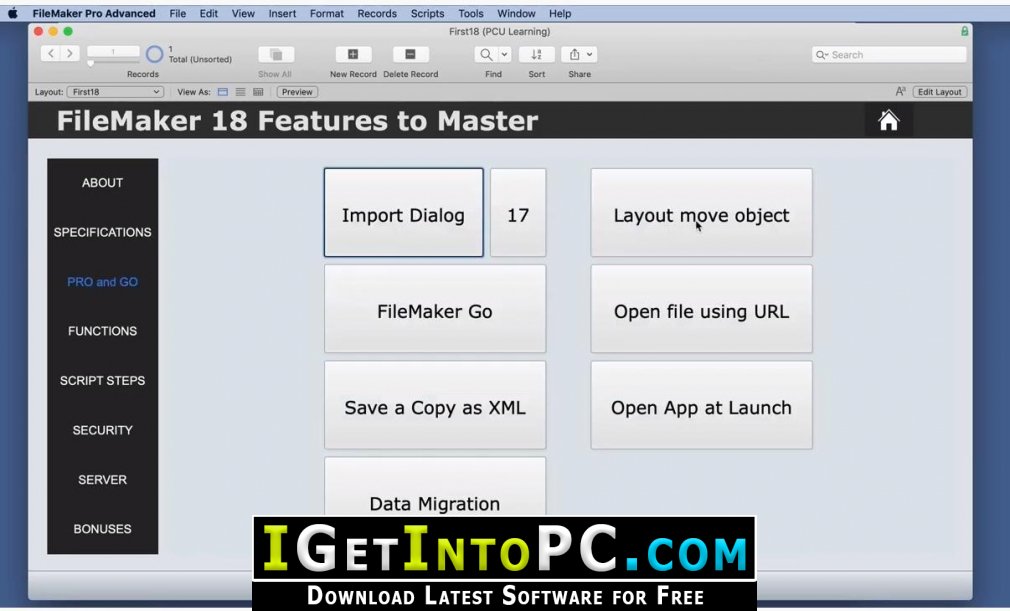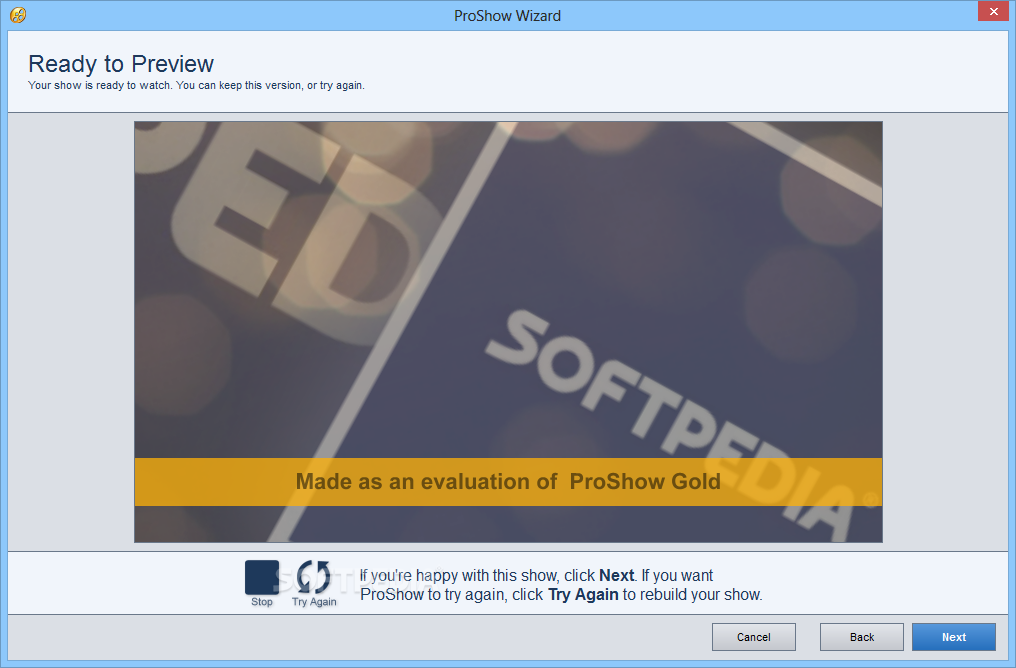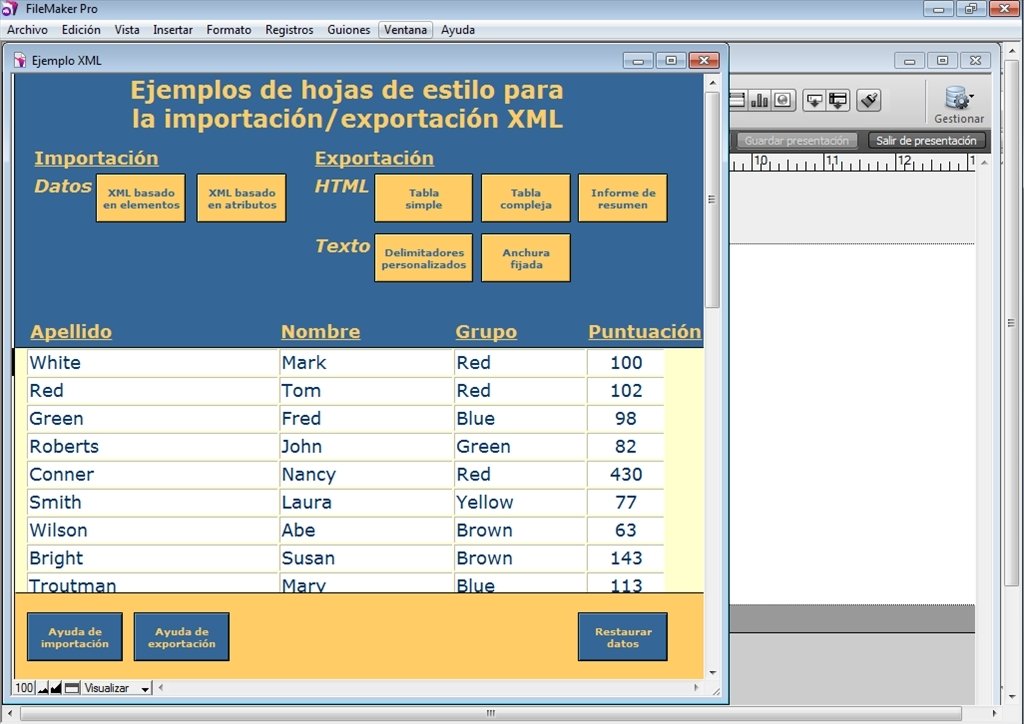
In some cases you will want to delete both of those. For each import, a new layout and Table Occurrence will be created. Import tables in order from least to most important to reduce breakage. This second option import both the table and the data with it. You can do this one of two ways: 1) using FM’s import table function, which just brings in the fields, or 2) go to File -> Import Records, select the file and table to import, and then in the upper right popup menu, select “New Table”. Import Tables and Data: Open the Master file and Import Tables the tables from the files you are merging in. Deleting a reference without checking it in Inspector or the DDR for usage can result in non-functioning scripts, etc. If you do number your scripts, consider the order that you want them to appear in the consolidated file and apply numbering to each (unconsolidated) file in that sequence.Ĭheck for File References (Manage -> External Data Sources) for old or unnecessary references, but play carefully. It’s obviously optional but can very helpful is there are many scripts coming from many tables.

I do this using a looping set of steps (aka a macro) in QuicKeys. "Print Invoice" becomes "078 Print Invoice". If you have a large number of scripts (hundreds or thousands) consider sequentially numbering all scripts in each of the original files, e.g. Scripts: Rename scripts so that the script names are uniqueīefore merging files. If there are multiple table occurrences for the same table then choose your TOC names logically. Relationships: Rename Table Occurrences (TOC) so that wherever possible the TOC has the same name in both files, so for example, if there are two files, Contacts and Invoices, and you have a relationship in each file to the other, make sure the names of the Table Occurrences are the same. It’s important to make sure that each layout has a unique names in the final file and the names should be changed BEFORE merging. You can do this manually or I use QuicKeys if there are really a lot. Layouts: If there are lots of layouts, you may wish to rename Layouts in original files with a 1-3 character prefix such as "INV" for Invoices or "CON" for Contacts.

Generally speaking you want the file that has the most layouts, scripts and tables already to be the Master file that you are merging the others into. Primary File: Decide which is going to be the master file, which might be obvious or not. You can just use the Database Design Report but I find Inspector’s visual interface and search functions very helpful. Which can be very helpful when you are trying to get rid of excess baggage OR figure out what got broken when you moved or deleted something. Using the Database Design Report available in FileMaker Advanced, FM Perception, Inspector Pro and similar utilities allows you to easily see where a script, field, layout, external file, etc.

Inspector Pro, or a similar utility to assist with this process. With regard to consolidation, in to any serious FileMaker development work in general, I strongly recommend the use of: The procedure list or order of steps below is my own summation of the process we worked out that would allow us to accomplish the process most quickly and spend as little time as possible doing repairs.

It simply addresses the how-tos of the process so as to accomplish the consolidation with as little 'breakage' as possible. This guide does not delve into the important issue of re-design and optimization of the database structure to take advantage of the consolidation, which should be an integral part of such a consolidation process. Sometimes these files have been created separately intentionally or by someone who wasn't aware of the ability to have multiple tables within the same file, and sometimes such files originated as FileMaker Pro 6 or earlier files which were always one table per file. The following is a step-by-step guide for the process of consolidating two or more FileMaker files (version 7 and later) into a single file with multiple tables. Conversion Steps for merging and consolidating separate Filemaker files


 0 kommentar(er)
0 kommentar(er)
